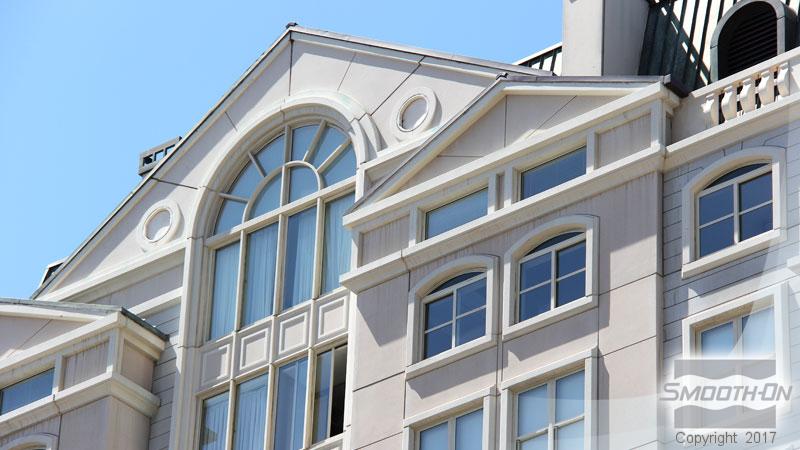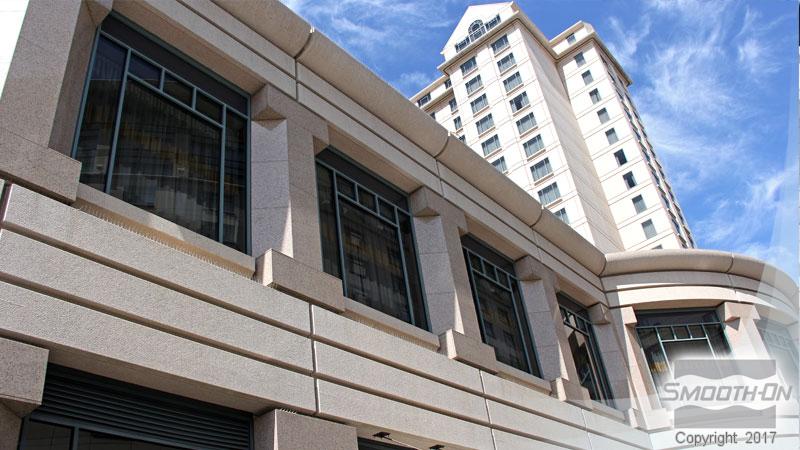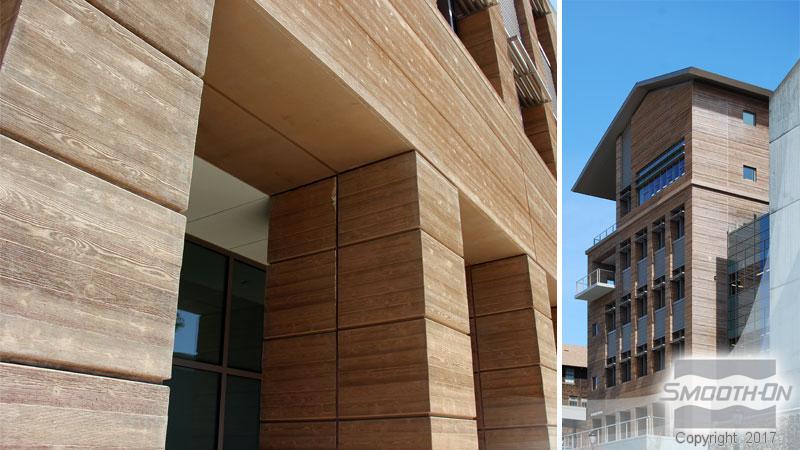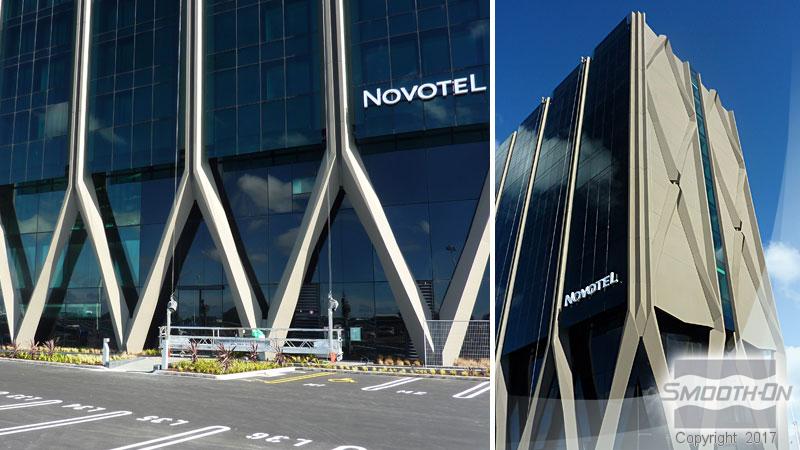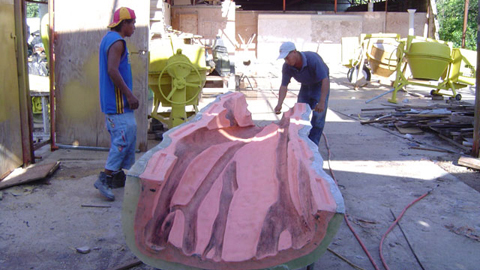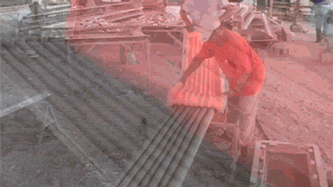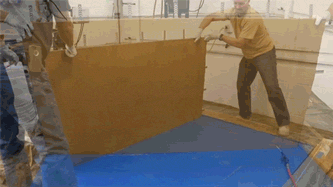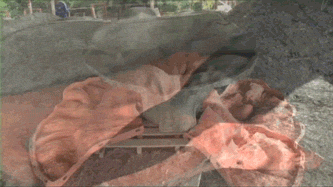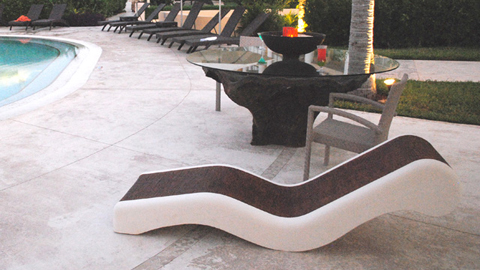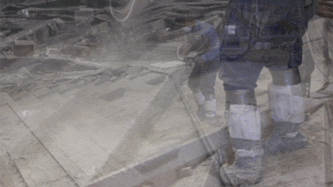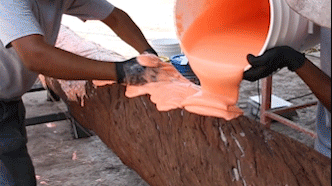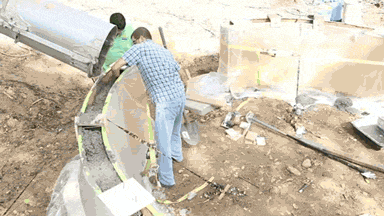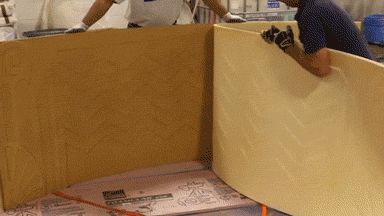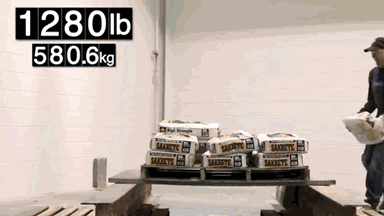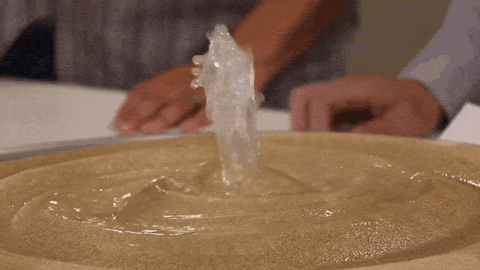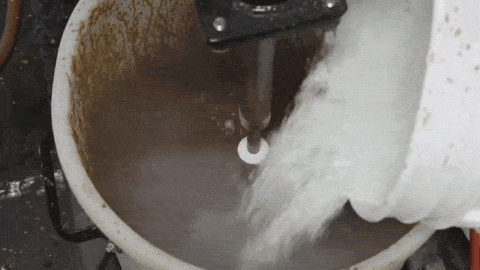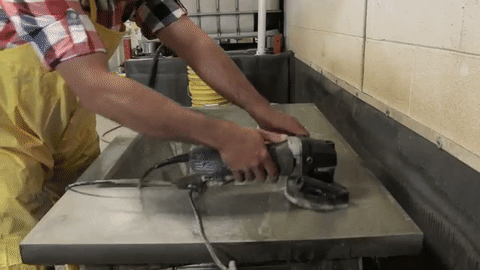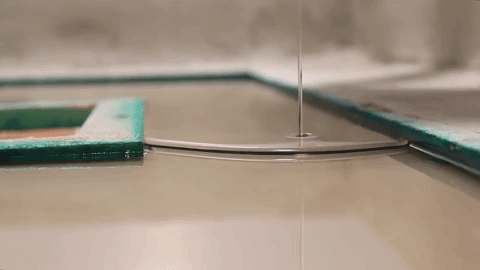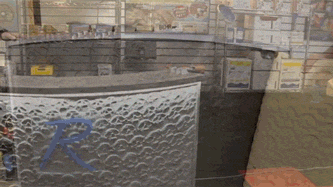Forton® VF-774
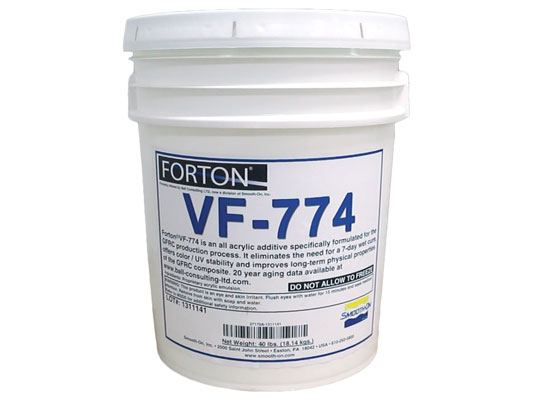
特征
使用Forton®VF-774的主要优点:
- 不需七天湿养护,实现GFRC材料最大强度。
- 显着改善GFRC材料的长期耐久性,特别是长期弯曲应变对失效性能的维护,即材料的延展性。
- 在低水灰比下改善材料的工作性,进一步提高固化水泥基质的强度。
- 易于喷涂垂直表面,无面层材料下垂。
- 氧化铁颜料的完全分散,面层材料批次间颜色均匀。
- Forton®聚合物紫外线稳定,建筑表面保持其“制作”颜色。
- 固化面层坚硬,可提高喷砂均匀性。
- 更紧密、更致密的固化产品,可降低绝对吸湿性和透气性,同时随时间变化显著降低吸收率。
- 水泥颗粒和砂粒之间包裹柔软的聚合物颗粒,消除面层材料中的龟裂和蜘蛛网开裂。
说明
HANDLING & STORAGE - Forton® VF-774 is supplied in 5-gallon pails (40 lbs/18 kgs), 55-gallon drums (480 lbs/218 kgs) and totes (2,300 lbs/1,043 kgs). VF-774 should not be allowed to freeze. Recommended storage temperature range: 50°F - 100°F (10°C - 38°C). VF-774 should be stored in closed containers out of direct sun light and away from direct sources of heat.
SHELF LIFE - Shelf life of VF-774 is one year in unopened containers when properly stored. Smooth-On cannot guarantee shelf life of opened or repackaged units. Important: This product has limited shelf life. Use as soon as possible after opening.
PRE-MIXING - VF-774 can separate over time in storage or transit as evidenced by caramel liquid on the surface. Gently stir with a paddle for 30 seconds. Pre-mixing one time per 24 hour usage cycle is recommended.
MEASURING & MIXING - Assemble all components and accessories before you begin.
Required Materials:
- Portland Cement, Type I (White or Gray)
- Silica Sand (washed, graded, dried. 0 Retention on 20 mesh sieve)
- Forton® VF-774
- Water
- Plasticizer (see recommendation based in Technical Bulletin)
- AR Glass Fiber (see recommendation based in Technical Bulletin).Important: Do not use “E” Glass
- Pigments - UV Stable, Iron Oxide (liquid or dry, if required)
- Weighing Scales- with digital gram accuracy (do not use postal scale, dietary scale, etc.)
- Mechanical / Power Mixer: 5 - 10 hp vertical high shear mixer or CS Unitec handheld MG120, MG140 or MG160 blades
- NIOSH Approved Dust Mask to minimize dust inhalation while using components
- Mixing Containers
Important: Components should be mixed in proper sequence. Standard concrete mixers may be used, but it is recommended to use a high shear mixer specially designed for GFRC to ensure a thoroughly mixed, lump free slurry is produced.
Step 1: Weigh or batch all materials.
Step 2: Add all liquids, including VF-774 and 2 oz. of plasticizer, to mixer.
Step 3: Start mixer on slow (300-500 rpm).
Step 4: Add pigment if used.
Step 5: Add sand.
Step 6: Add cement and increase mixer speed to high (1,000-1,800 rpm).
Step 7: Mix for 1 - 2 minutes.
Step 8: Add the remaining plasticizer to achieve desired workability.
Step 9: Reduce mixer speed to slow (300-500 rpm) and gradually add fiber (Premix only) until dispersed (typically not more than one minute). Important: Mixing too long or at too high a speed after fiber has been added can filamentize or damage the fiber, resulting in placement issues and reduced strengths.
APPLYING A RELEASE AGENT - Common mold materials include mold rubber, melamine coated board and birch faced plywood or FRP with tooling resin gel coat. Use a high quality release agent meant for releasing architectural concrete such as Crete-Lease 20 VOC to release GFRC castings from the mold.
Casting - Pour mixture in a single spot at the lowest point of mold, and let mixture seek its level. Vibrating: After casting, consolidate the slurry and remove entrapped air using a vibrating table or hand vibrator.
Spraying - For higher volume of smaller parts or making large cladding panels, GFRC slurry can be sprayed into molds using rotor/stator or peristaltic pumps specifically designed for GFRC. Regardless of spray pump used, a face coat without fiber is typically applied first. After the face coat has properly stiffened, a fiber backup mix is applied in multiple passes, with proper compaction following each pass. For low volume application - A hopper gun (Kraft EZY Deck Pro is recommended) can be used to apply face mix. GFRC back up mix can be applied by hand.
Curing - After placement, cover GFRC with plastic tarp / sheeting to prevent excessive moisture loss and maintain heat of hydration to ensure a proper initial cure. Let cure in the mold for 12-16 hours. Curing temperatures should be maintained above 50°F/10°C in order to ensure proper film forming of the VF-774.


